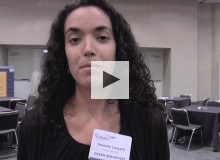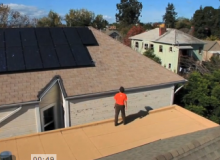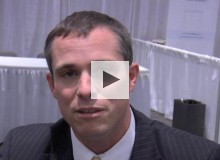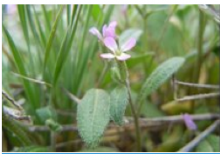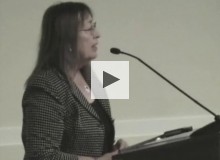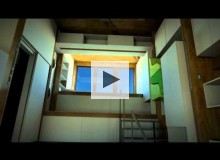Business & Economics
George Washington University
THIS WEEK: Our rapidly increasing consumption of water is creating concerns about what the world would be like without any! One team, however, created an innovative solution to the planet's quickly disappearing water. Check it out in this week's... Read More
Danielle Lanyard is the founder and CEO of Green Breakfast Club, a non-profit organized around the philosophy that green companies need better funding. Check out what she has to say about helping green companies survive in a tough economy.
Sungevity
Contrary to some of the media circus’ coverage, solar is doing great. Sungevity's Danny Kennedy tells us why in this innovator update.Read
If consumers are more aware of the carbon footprint of their products, will they make better choices? Mike Bellamente of ClimateCounts.org thinks so. WATCH
Clean Economy Network
Tim Greeff, Policy Director at the Clean Economy Network, tells us why Verizon may hold the key to green communities and why EnergyStar is a model we should replicate to promote clean energy.
National Science Foundation
Researchers have come up with an easy way for both park employees and visitors to contribute to conservation efforts--using their mobile phones.
The "What's Invasive!" application for the Android and iPhone, developed by the NSF-funded Center for... Read More
Americans use more than 400 billion gallons of water in a single day, that’s more than our total oil consumption in a year. We need to introduce new ideas and technological innovations to teach the next generation how to curb and better manage our... Read More
Environmental and Energy Study Institute
District energy systems distribute thermal energy (steam, hot water, and/or chilled water) through a network of underground pipes to multiple buildings in an area, such as a downtown district, college or hospital campus, airport, or military base.... Read More
American Society of Landscape Architects (ASLA)
Inhale, exhale! Unless the air is dirty, that is. Cleaning up the air is a problem that many cities face. The American Society of Landscape Architects says that by planting more trees and creating urban forests, cities can be a cleaner and... Read More
SCIArc & Caltech
What will the homes of the future look like? How will we live in them and how will they occupy space and use precious resources? CHIP has a vision, watch and see how it works!


